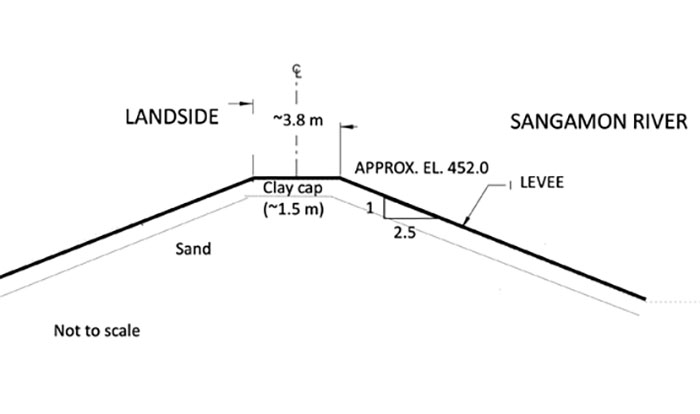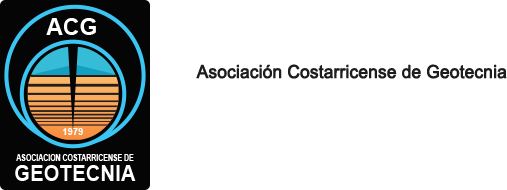Artículos
MAR 13 2020 l International Journal of Geoengineering Case Histories l
Electrical Resistivity at Internal Erosion Locations in Levees

Abstract
Internal erosion through or beneath levees frequently occurs during flood events, resulting in sand boils. Determining the extent of damage from the seepage channels that caused the sand boils remains difficult, and many sand boils are simply monitored in subsequent floods. There is a need for a nondestructive methodology to map the voids caused by seepage channels so that needed repairs can be identified prior to the next flood. The objective of this study is to identify the electrical response of internal erosion pathways with electrical resistivity tomography (ERT). A case study using ERT on the Hager Slough Levee, which has experienced sand boils since the 1990s, is presented. Three ERT surveys were conducted along the levee in an area of apparent damage (i.e., crown settlement and sand boils) and where nearby boring logs were available. Laboratory resistivity tests provide support for the field ERT interpretations. The results indicate that ERT may be used to identify zones of damage within and beneath a levee. If used in practice, ERT has the potential to improve remediation of levees by identifying needed repairs.
Keywords
Electrical resistivity tomography, laboratory electrical resistivity, levees, sand boils, internal erosion
Citation
Tucker-Kulesza, S., Rutherford, C., Bernhardt-Barry, M. (2019). Electrical Resistivity at Internal Erosion Locations in Levees, Vol. 5, Issue 2, p.55-69. doi: 10.4417/IJGCH-05-02-01
|
VER TODOS
LOS ARTÍCULOS
 Afiliación Afiliación
 Formularios Formularios
|






